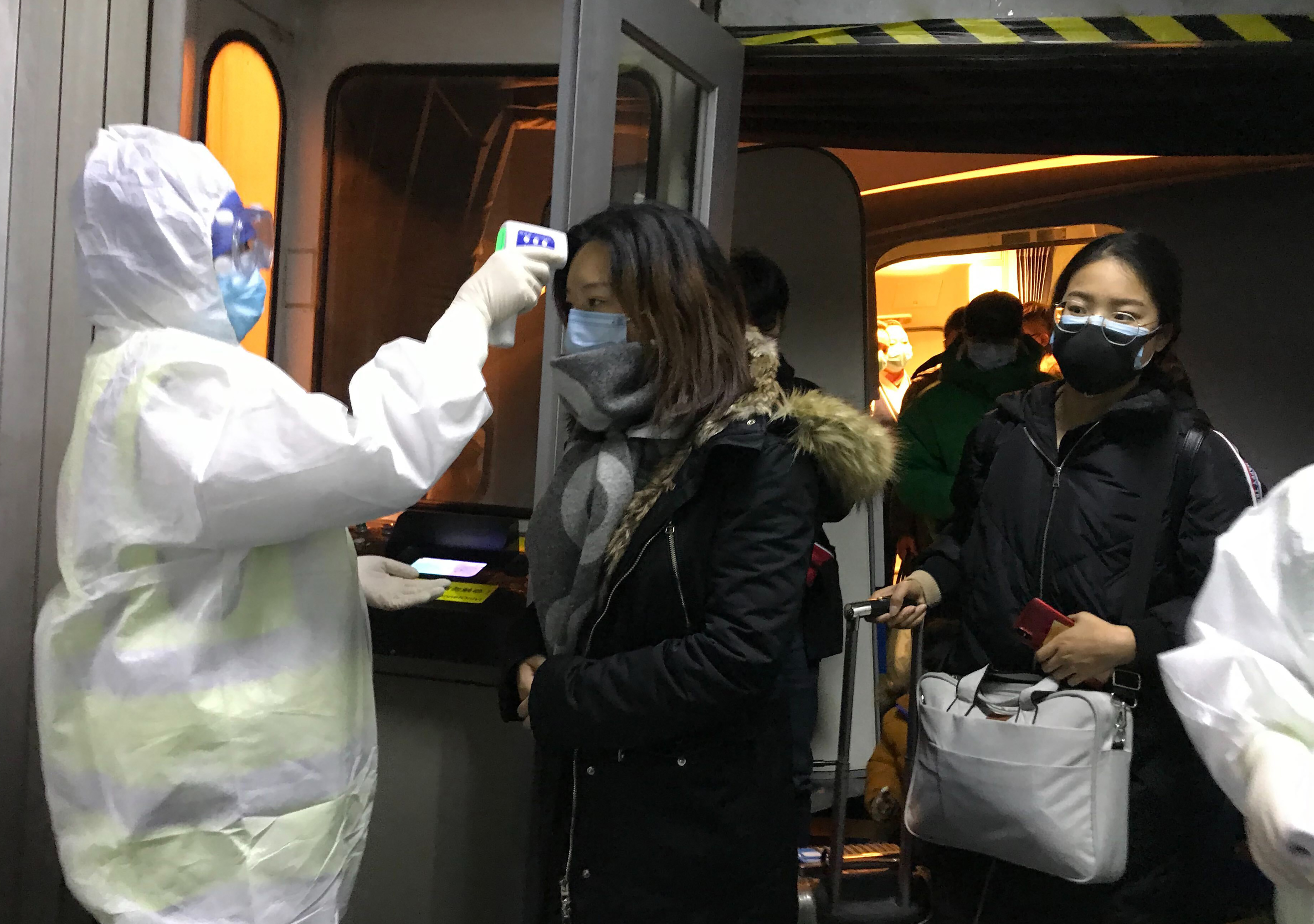China’s Coronavirus Has Already Killed 9 People and Infected Almost 500. Now It’s Mutating.

Credit to Author: David Gilbert| Date: Wed, 22 Jan 2020 13:41:58 +0000
China’s health authority reported another major spike in reported cases of the coronavirus on Wednesday and confirmed that the death toll from the outbreak has risen to nine.
The National Health Commission (NHC) in Beijing said that as of midnight on Tuesday, there were 440 reported cases of the respiratory illness in Wuhan, the city where the outbreak began over three weeks ago.
There are dozens of more cases of infection in other parts of China and, increasingly, outside the country’s borders.
The virus, which can cause fever, coughing, and difficulty breathing, is now mutating, said Gao Fu, an academician of the Chinese Academy of Sciences and head of the Chinese Center for Disease Control, at a news conference Wednesday. Gao added that mutations can make the virus spread faster and make people sicker.
“We are still in the process of learning more about this disease.”
The problem facing Chinese authorities now is that hundreds of millions of Chinese people are set to travel across the country on Friday for the New Year festivities, with Wuhan a critical transport hub for many of those travelers.
Authorities in Beijing on Wednesday announced strict quarantine measures in a bid to stop the spread of the virus ahead of the massive Lunar New Year migration that begins on Friday. The new rules will allow any hospital to quarantine any suspected carriers of the virus and their close contacts, even against their will.
"Basically, do not go to Wuhan. And those in Wuhan please do not leave the city,” Li Bin, the director of the NHC told the news conference, adding that prevention and control of the outbreak had reached a “most critical stage.”
Officials in Wuhan, who were criticized for allowing an event for 40,000 to go ahead at the weekend, have postponed 41 large-scale events planned to mark the Lunar New Year. It has also added more infrared thermometers at Wuhan airport and train stations in a bid to stop the spread of the disease.
Coronaviruses are transmitted between animals and people, but experts have now confirmed that the virus is spreading through person-to-person contact, including from patients to health care workers.
“There has already been human-to-human transmission and infection of medical workers,” Li said. “Evidence has shown that the disease has been transmitted through the respiratory tract and there is the possibility of viral mutation.”
On Tuesday it was reported that 15 medical workers had tested positive for the virus in Wuhan after coming in contact with infected patients.
READ: China's mysterious and deadly coronavirus is spreading faster than previously thought
The increased death toll and infection numbers in Wuhan come as more countries around the world report cases of the new coronavirus. Following the first U.S.-based case reported in Seattle on Tuesday, authorities in Hong Kong and Macau reported their first cases of infection on Wednesday.
Thailand, Japan, South Korea, and Taiwan have also reported cases of infection in recent days.
All of the international cases were in people from Wuhan or who recently traveled there. North Korea has closed its borders to foreign visitors following the outbreak.
The World Health Organization is holding an emergency meeting in Geneva later on Wednesday to determine whether or not the outbreak should be declared a public health emergency like swine flu or SARS.
The virus sweeping through Wuhan is a new form of the coronavirus, the same family of viruses that can cause the common cold as well as more serious illnesses, such as the 2003 SARS outbreak that infected 8,000 people and killing about 800 people.
The outbreak is believed to have originated at a seafood and meat market in Wuhan where wild animals were sold.
READ: China's deadly pneumonia-like virus has now spread through human contact, officials confirm
While experts say the virus does not transmit through the air easily and requires close contact in order for it to be passed on, officials are warning that a lot is still unknown about how the virus is spreading and it is already changing.
“The disease will continue to develop,” Jiao Yahui, a health commission official, told reporters Wednesday. “It has developed different features compared with the early stage, and the prevention and precautionary measures need to change accordingly.”
Cover: Health Officials in hazmat suits check body temperatures of passengers arriving from the city of Wuhan Wednesday, Jan. 22, 2020, at the airport in Beijing, China. Nearly two decades after the disastrously-handled SARS epidemic, China’s more-open response to a new virus signals its growing confidence and a greater awareness of the pitfalls of censorship, even while the government is as authoritarian as ever. (AP Photo Emily Wang)
This article originally appeared on VICE US.